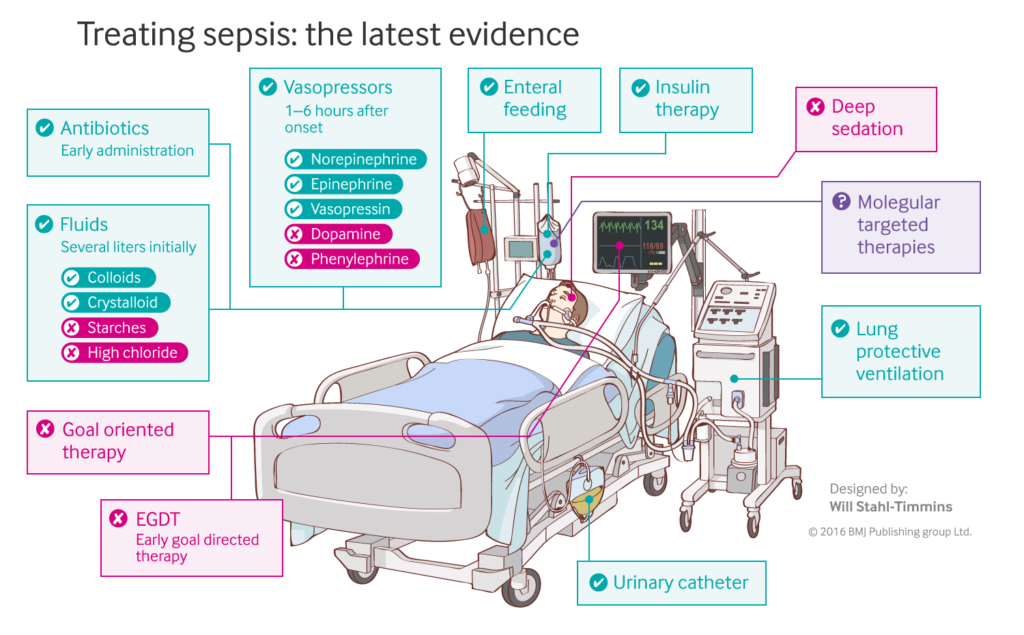 I don’t think I will ever give a presentation the same way again.
I don’t think I will ever give a presentation the same way again.
A few months ago, I was invited to speak at the TEDxNHS event in London, about the infographics I make for The BMJ. Over the years, I have enjoyed watching many TED talks, and independently organised TEDx events. They are engaging glimpses into different people’s worlds, covering a huge range of subjects, but always in an understandable and enjoyable way. I suspect I’m not alone in secretly imagining giving a TED talk one day myself. I quickly accepted the invitation, and agreed to a gruelling-looking schedule of script writing, slide preparation and rehearsals. This is the secret to how those talks look so polished and professional—a lot of practice and thought goes into them.
I thought I’d got public speaking down to a pretty fine art. I had presented at academic conferences around the world during my PhD and postdoctoral research. I’m generally talking about infographics, so there’s lots of good visual material to show. I use brief notes on a laptop screen to keep me on track, but I try not to look at them all that much. What more could I do to prepare? I was particularly cynical about the advice I was given to write out my talk word for word, then memorise it. Surely it would sound wooden? I’ve over-practiced talks in the past and ended up sounding like death barely warmed up, bored with my own material.
Then, the organisers posted me a copy of the new guide to preparing TED talks by the head of TED, Chris Anderson. It’s full of useful tips, showing examples of the TED way of speaking vs more traditional talks. I picked up a number of ideas reading through. For example, I’m not going to recite my CV at the start of a talk any more—a quick anecdote can say much more about a person, and their motivations, than a dry list of their achievements. But the book also managed to convince me that scripting and memorising a talk can actually work. Anderson suggests that you need to keep on pushing past the point of your talk sounding wooden—until you know it so well that you can put the emotion and feeling back in.
Obviously, I’m not always going to have time to spend weeks rehearsing a talk night after night to get the words embedded into my memory. But one thing struck me above all else during the preparation process. I really loved getting feedback on my talk before I gave it. This feedback came in many forms – from the organisers, of course, after the rehearsals (in person and via video call) and their edits to my script – but also from colleagues and friends who I practiced on, and other speakers at the group rehearsals. I found it really helped me to see which of my ideas were going to resonate with the audience, which were just too technical, and which didn’t really relate to the theme.
Editing is something we do with written work all the time. Another person’s perspective is often invaluable to help us shape an argument. But it’s not so common with the spoken word. The next time I give a talk, I’m going to write it out and get a colleague or two to edit that script. If I don’t have time to memorise it, I’m going to have to turn it back into notes. But I think that external perspective is so valuable it’s worth the extra preparation time.
Will Stahl-Timmins is a data graphics designer, The BMJ.
Will’s talk, entitled “The Death of Text,” can be viewed here.
The other talks from TEDxNHS are all available here.
An NHS email account is required to access the site.
